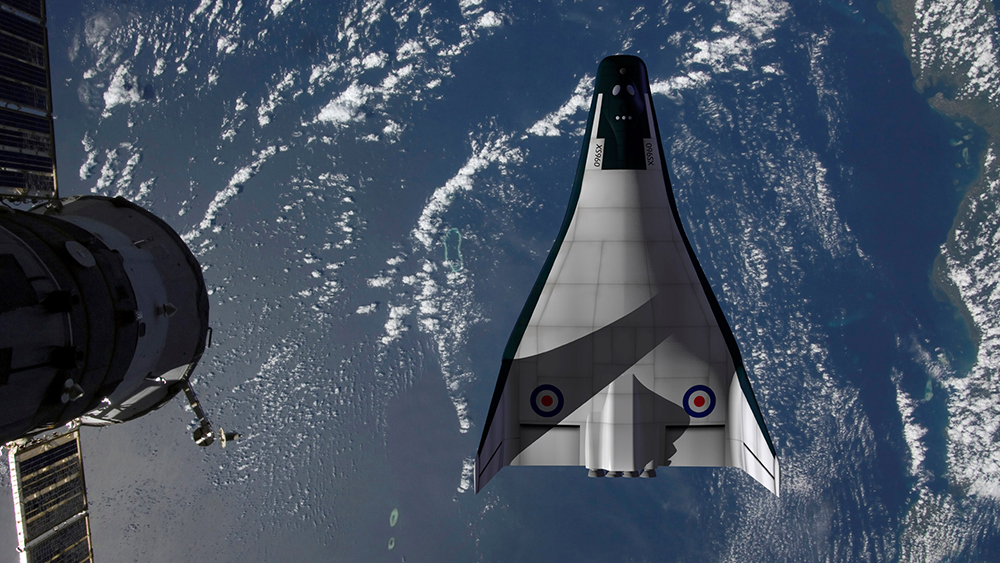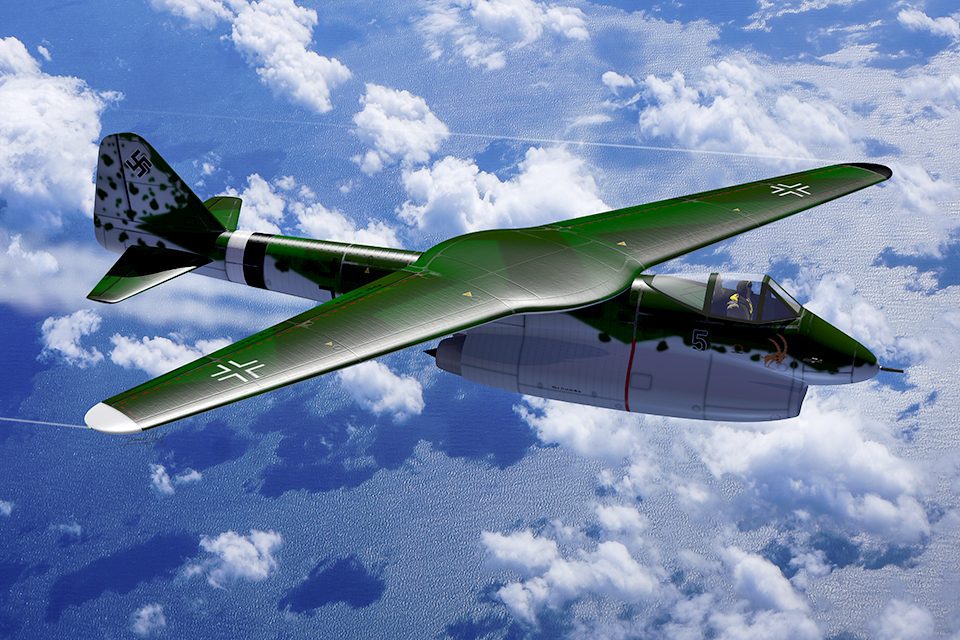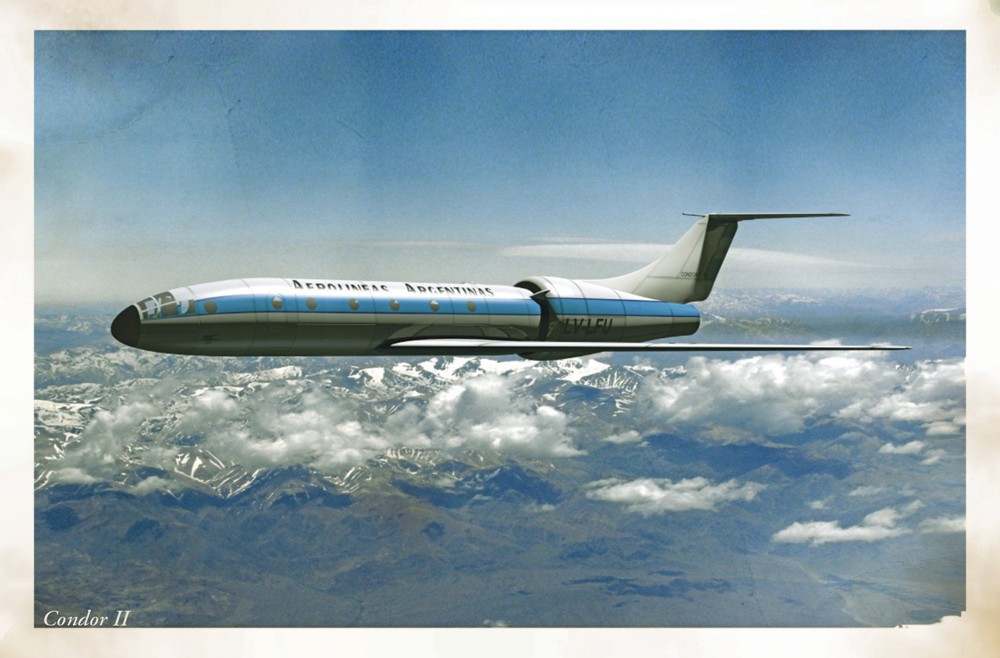Do you know what Aviation art is? (#3)
In earlier posts I wrote about Aviation art and its steps. Now a more subjective point. The joy of showing your art in a gallery or invited to do it so, as well as you get hired to develop an art to a gallery. It is a bit hard to describe this sensation I admit,…
read more










